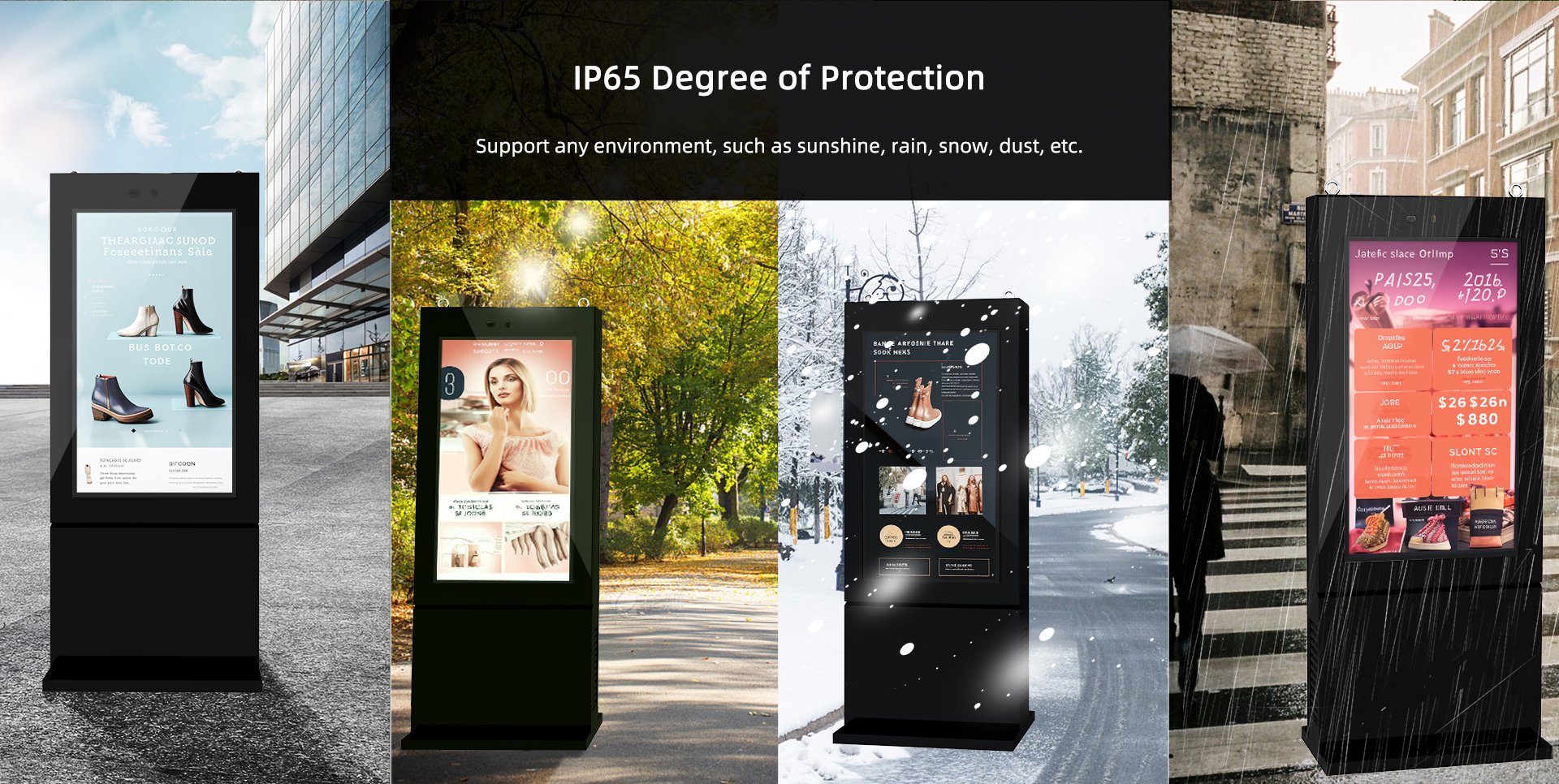Understanding the Differences Between Indoor and Outdoor Digital Signage Displays
Introduction:
Digital signage has become a powerful communication tool, enabling businesses and organizations to deliver dynamic content and messages to their target audiences. When it comes to digital signage, there are two primary categories: indoor and outdoor displays. Understanding the differences between these two types of displays is crucial for selecting the right solution for your specific needs. In this article, we will explore the key distinctions between indoor and outdoor digital signage displays.
Weather Resistance:
One of the most significant disparities between indoor and outdoor digital signage displays is their ability to withstand different weather conditions. Outdoor displays are designed to endure rain, snow, extreme temperatures, and direct sunlight. They feature robust enclosures that protect internal components from moisture and dust. In contrast, indoor displays are not weatherproof and are primarily built for controlled indoor environments.
Brightness and Visibility:
Outdoor digital signage displays must combat high levels of ambient light to ensure optimal visibility. They are typically much brighter than indoor displays, often measured in nits (a unit of luminance). Outdoor displays can range from 1,000 nits to 5,000 nits or more. In contrast, indoor displays have lower brightness levels since they don't have to contend with direct sunlight.
Contrast Ratio:
Due to the challenges of high ambient light, outdoor displays often have a lower contrast ratio compared to indoor displays. Maintaining a high contrast ratio can be difficult in outdoor settings, which can impact image quality. Indoor displays, on the other hand, can achieve higher contrast ratios, resulting in sharper and more vibrant images.
Durability:
Outdoor digital signage displays are designed to be more rugged and durable to withstand harsh environmental conditions and potential vandalism. They are constructed using materials that can resist impact, tampering, and corrosion. Indoor displays do not require the same level of durability since they are protected within controlled indoor environments.
Cooling and Ventilation:
Outdoor displays often require more advanced cooling mechanisms to prevent overheating, especially when exposed to direct sunlight. They may include fans, heat sinks, or even air conditioning systems to maintain optimal operating temperatures. Indoor displays typically have simpler cooling requirements as they are not exposed to extreme heat from sunlight.

Connectivity and Control:
Outdoor digital signage displays may offer additional connectivity options to enable remote monitoring, control, and content updates. They may include built-in sensors, network connectivity, and compatibility with content management systems specifically designed for outdoor installations. While indoor displays may have similar connectivity options, they may not require the same level of robustness or advanced control features.
Conclusion:
Selecting the right digital signage display for your specific application requires careful consideration of the differences between indoor and outdoor displays. Indoor displays are ideal for controlled environments, offering higher contrast ratios and lower brightness levels. On the other hand, outdoor displays are weatherproof, brighter, and more durable, ensuring visibility in various weather conditions. By understanding these distinctions, you can make an informed decision and optimize the effectiveness of your digital signage solution.
